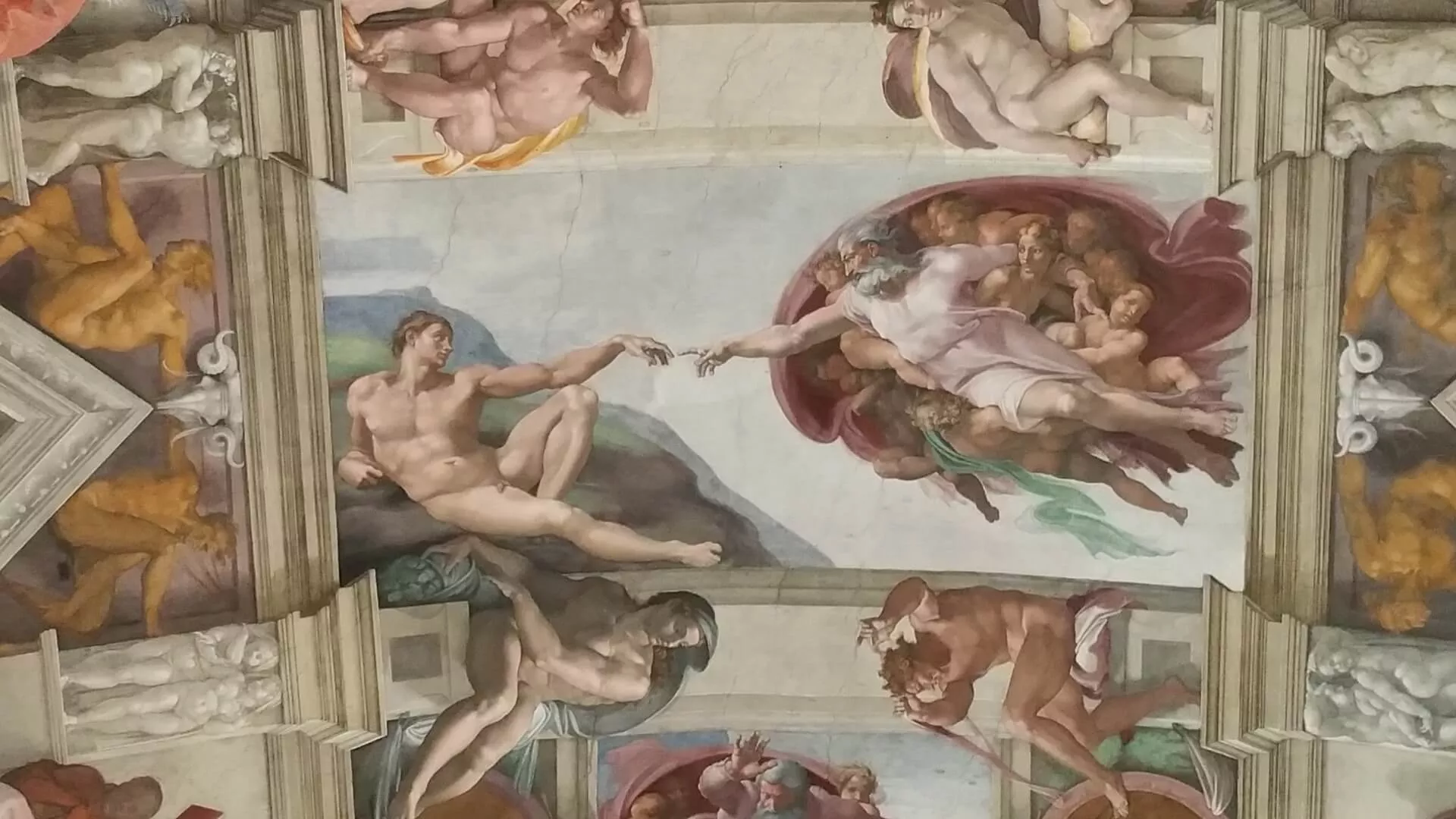Symbolism in the Vatican Museums - Hidden Meanings in Art
Explore the Vatican Museums through the lens of symbolism — uncovering how artists encoded theology, philosophy, and mystery into their works.

Every fresco, statue, and mosaic in the Vatican Museums speaks a language — the language of symbols.
Here, art was never meant for the eyes alone, but for the soul’s understanding.
In Michelangelo’s Sistine Chapel, The Creation of Adam is not merely the spark of life — it is the transmission of divine consciousness.
The human-brain shape in God’s cloak and the flowing figures of angels whisper of humanity’s potential to mirror the Creator’s intellect.
Raphael’s “School of Athens” places Plato and Aristotle at the center of theology’s greatest paradox — reason and faith intertwined.
Even ancient works like the Apollo Belvedere or Laocoön Group found new symbolic purpose within the Vatican’s Christian context.
They became emblems of beauty, suffering, and salvation — pagan forms redeemed by divine interpretation.
Every ceiling star, laurel wreath, and golden halo carries meaning: victory over death, enlightenment through virtue, eternity in perfection.
To walk through these halls is to read a coded manuscript of faith — one written in marble, pigment, and silence.
About the Author

Cultural Scholar
A cultural enthusiast and traveler, I created this site to help visitors navigate the Vatican Museums and experience its world-class art collections.
Tags
Comments (0)
Loading comments...